Hydrosar
✅ Manages sickle cell anemia
✅ Reduces frequency of painful crises
✅ Controls blood cell production
✅ Prevents clot formation
✅ Lowers risk of stroke
Hydrosar contains Hydroxyurea.
Product Overview
Hydrosar is a prescription medication containing Hydroxyurea as its active component. As a cytotoxic agent, it functions by impeding DNA synthesis, thereby inhibiting the growth and multiplication of malignant cells. Available in capsule and tablet formulations, Hydrosar is clinically indicated for managing chronic myeloid leukemia (CML), sickle cell anemia, and select solid tumors. Treatment protocols may involve monotherapy or combination regimens, determined by the oncologist based on cancer type and progression.
Therapeutic Applications
This antineoplastic agent demonstrates efficacy in multiple clinical scenarios. For hematologic malignancies like CML, Hydrosar effectively reduces malignant cell proliferation in hematopoietic tissues. In sickle cell disease management, it enhances fetal hemoglobin production, mitigating vaso-occlusive episodes. The medication also shows therapeutic value against various solid neoplasms, including advanced head and neck carcinomas, refractory melanoma, and recurrent ovarian cancer.
Administration Guidelines
Oral administration is standard, with dosing flexibility regarding food intake. Patients should ingest capsules/tablets intact with adequate water, avoiding mechanical alteration (crushing/chewing) unless specifically instructed. Treatment protocols are individualized, considering disease parameters, therapeutic response, and patient-specific factors. Strict adherence to prescribed regimens is crucial for optimal therapeutic outcomes.
Mechanism of Action
Hydroxyurea exerts its pharmacologic effects through ribonucleotide reductase inhibition, disrupting deoxyribonucleotide synthesis essential for DNA replication. This antimetabolite action selectively targets rapidly dividing cells, inducing cytotoxic effects in malignant populations. In sickle cell pathophysiology, the drug modulates hemoglobin expression patterns, promoting fetal hemoglobin production which enhances erythrocyte plasticity and microcirculatory flow.
Dosage Protocol
Therapeutic dosing requires careful titration based on:
– Disease characteristics
– Hematologic parameters
– Treatment response
– Tolerability profile
Standard regimens typically involve once-daily administration, though frequency may be adjusted. Patients must maintain consistent dosing schedules and promptly report any missed doses to their healthcare provider for appropriate management.
Therapeutic Advantages
Clinical benefits include:
– Significant reduction in leukemic cell burden
– Decreased sickle cell crisis frequency
– Tumor mass reduction in responsive malignancies
– Improved hematologic parameters
– Enhanced quality of life metrics
These effects contribute to prolonged disease control and improved clinical outcomes across indicated conditions.
Adverse Effect Profile
Common treatment-emergent effects may involve:
– Gastrointestinal disturbances (nausea, anorexia)
– Constitutional symptoms (fatigue, malaise)
– Dermatologic manifestations
– Mild hematologic changes
Most reactions are self-limiting, though persistent or severe symptoms warrant medical evaluation. Proactive symptom management strategies should be implemented when appropriate.
Important Precautions
Therapy requires vigilant monitoring due to potential:
– Myelosuppression (neutropenia, thrombocytopenia)
– Teratogenic risks
– Secondary malignancy potential
– Hepatic/renal function alterations
Regular hematologic surveillance is mandatory throughout treatment. Patients should be counseled regarding sun protection and infection prevention measures.
Storage Requirements
Maintain pharmaceutical integrity by:
– Storing at controlled room temperature (15-30°C)
– Protecting from moisture and light
– Securing in child-resistant packaging
– Properly disposing expired medications per regulatory guidelines
Medical Disclaimer
This informational content undergoes rigorous medical review but does not substitute professional clinical judgment. Healthcare providers should be consulted for:
– Personalized treatment decisions
– Adverse event management
– Drug interaction assessments
– Comprehensive risk-benefit evaluations
The provided information aims to facilitate informed patient-provider discussions, not replace them. Always refer to the latest prescribing information and clinical guidelines for current recommendations.
| Strength | 500 mg |
|---|---|
| Quantity | 30 Tablet/s, 60 Tablet/s, 90 Tablet/s, 180 Tablet/s |
 Hydrosar
Hydrosar










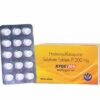
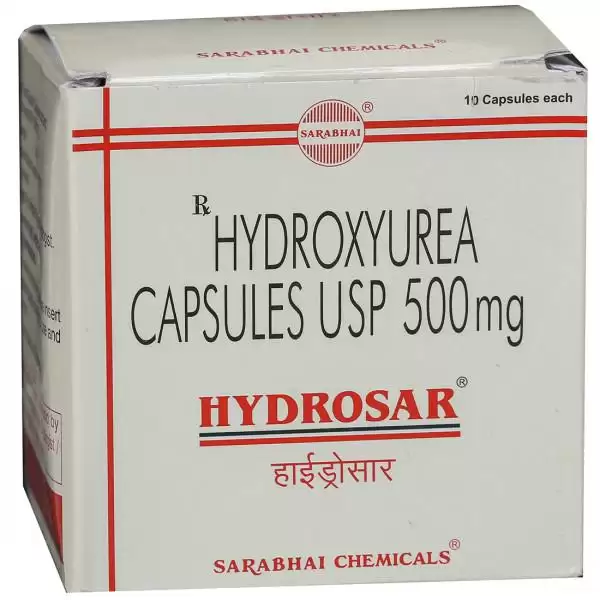
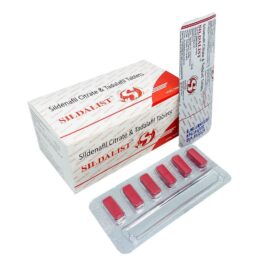
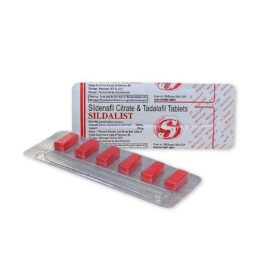
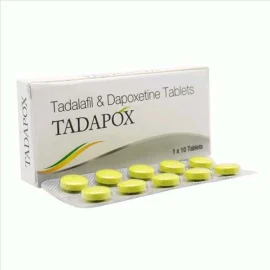
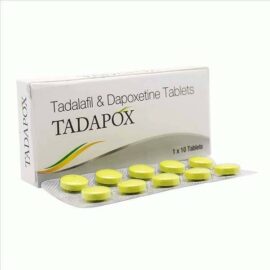

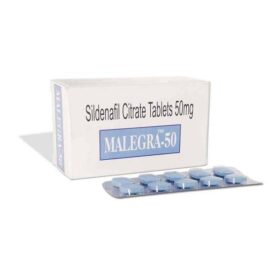
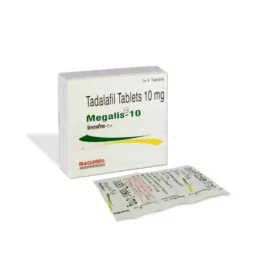
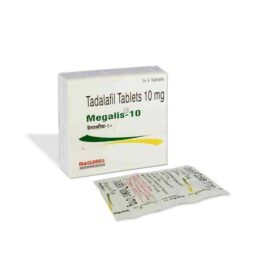
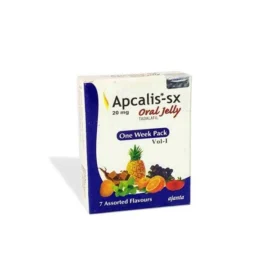


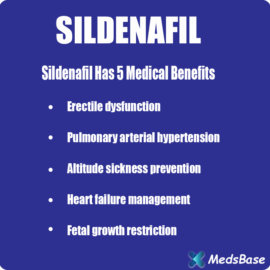

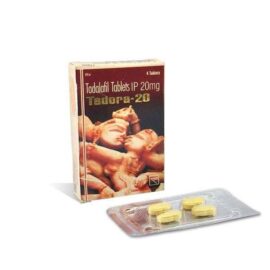


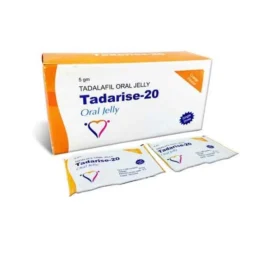
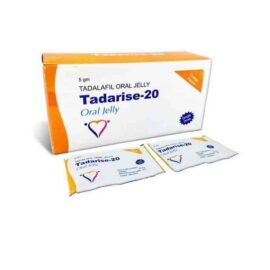
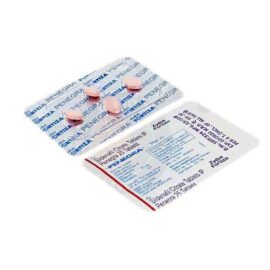
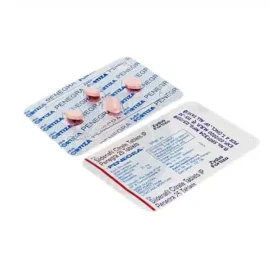
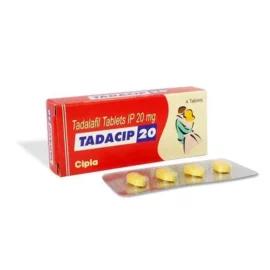
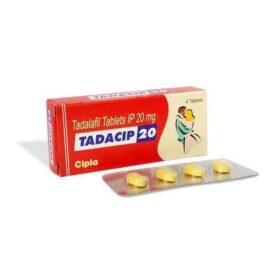
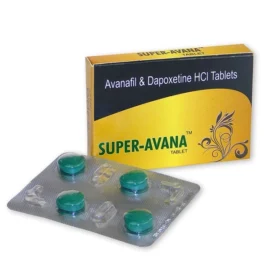

Reviews
There are no reviews yet